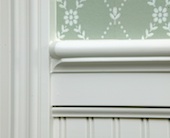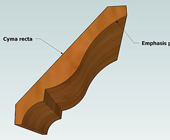Be careful what you wish for!
I’m sure you’ve all watched shows on HGTV or DIY and, like me, you’ve probably wondered if the hosts know anything about building, if they know anything about flipping a house quick and cheap. Now here I am about to have my own show; it’s my turn, and suddenly I understand the challenges of TV land. Read the full article…







